Subscribe to trusted local news
In a time of both misinformation and too much information, quality journalism is more crucial than ever. By subscribing, you can help us get the story right.
- Subscription costs less than £1 a week with an annual plan.
Already a subscriber? Log in here.
09
Nov 2024
Sunday Picture Quiz Answers: November 9

Here are the answers to this week's Sunday Picture Quiz. How well did you do?
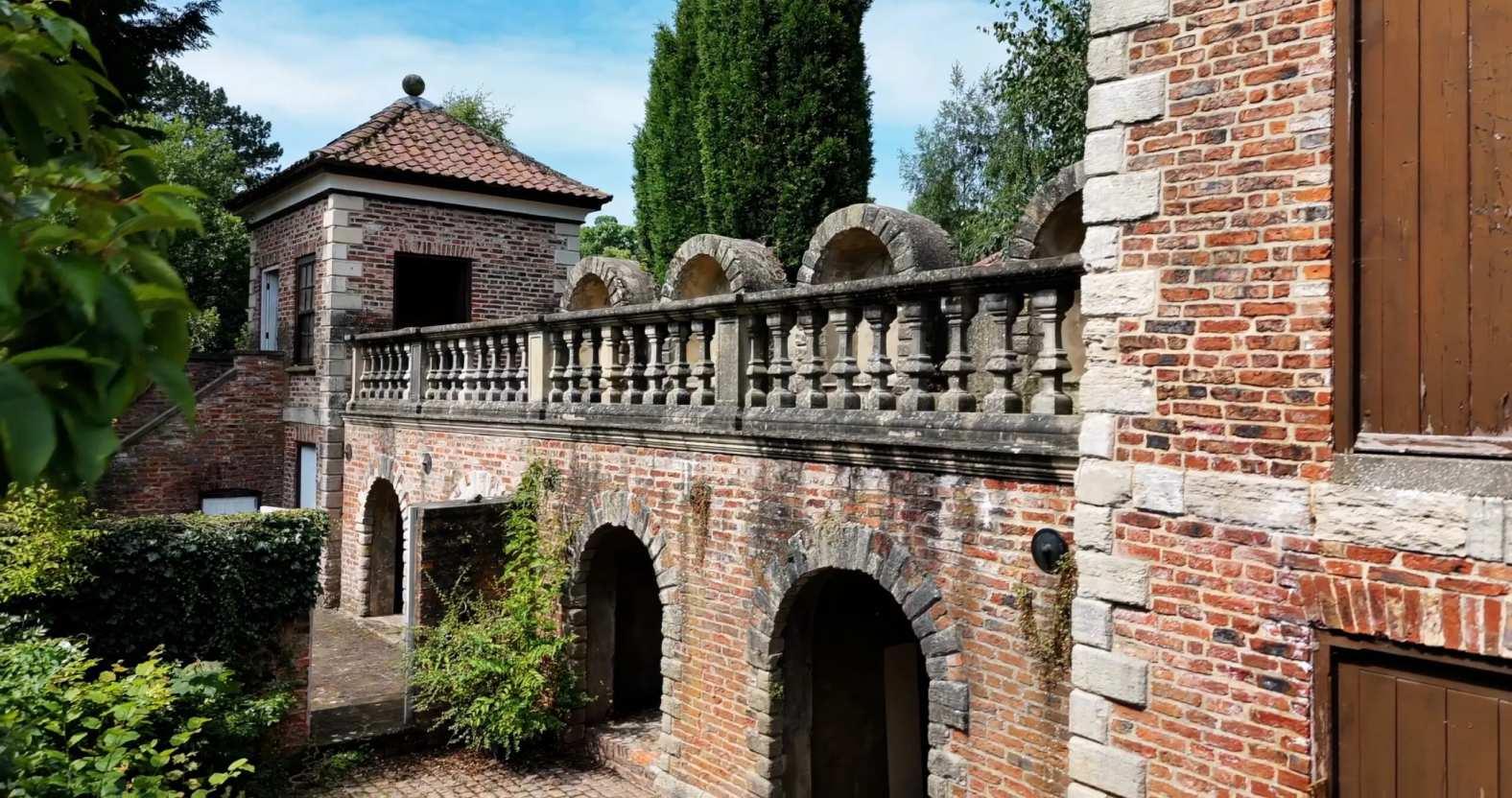
Photo: Visit Ripon.
1. Gazebo, 7 & 8 Park Street, Ripon
This beautiful Mediterranean-looking structure was built around 1719 as a viewpoint to enjoy the countryside views.
It was commissioned by the Baynes family, who lived on Park Street between 1679 and 1791 and was once used as a banqueting house to entertain guests.
It was originally built as two towers, and the gallery walkway was added later.
Following the home’s conversion into two separate dwellings and the construction of newer housing around it, the gazebo fell into a state of serious disrepair.
To save it, Harrogate Borough Council issued a compulsory purchase order to buy the building and restored it with Ripon Civic Society in 1986.
It's now grade II listed and well worth a visit, but if you want to take a look, you'll have to wait a while. The gazebo stands on private land, accessible through Blossomgate Court, and is only open to the public through Ripon Civic Society as part of the national Heritage Open Days festival, which takes place every September.
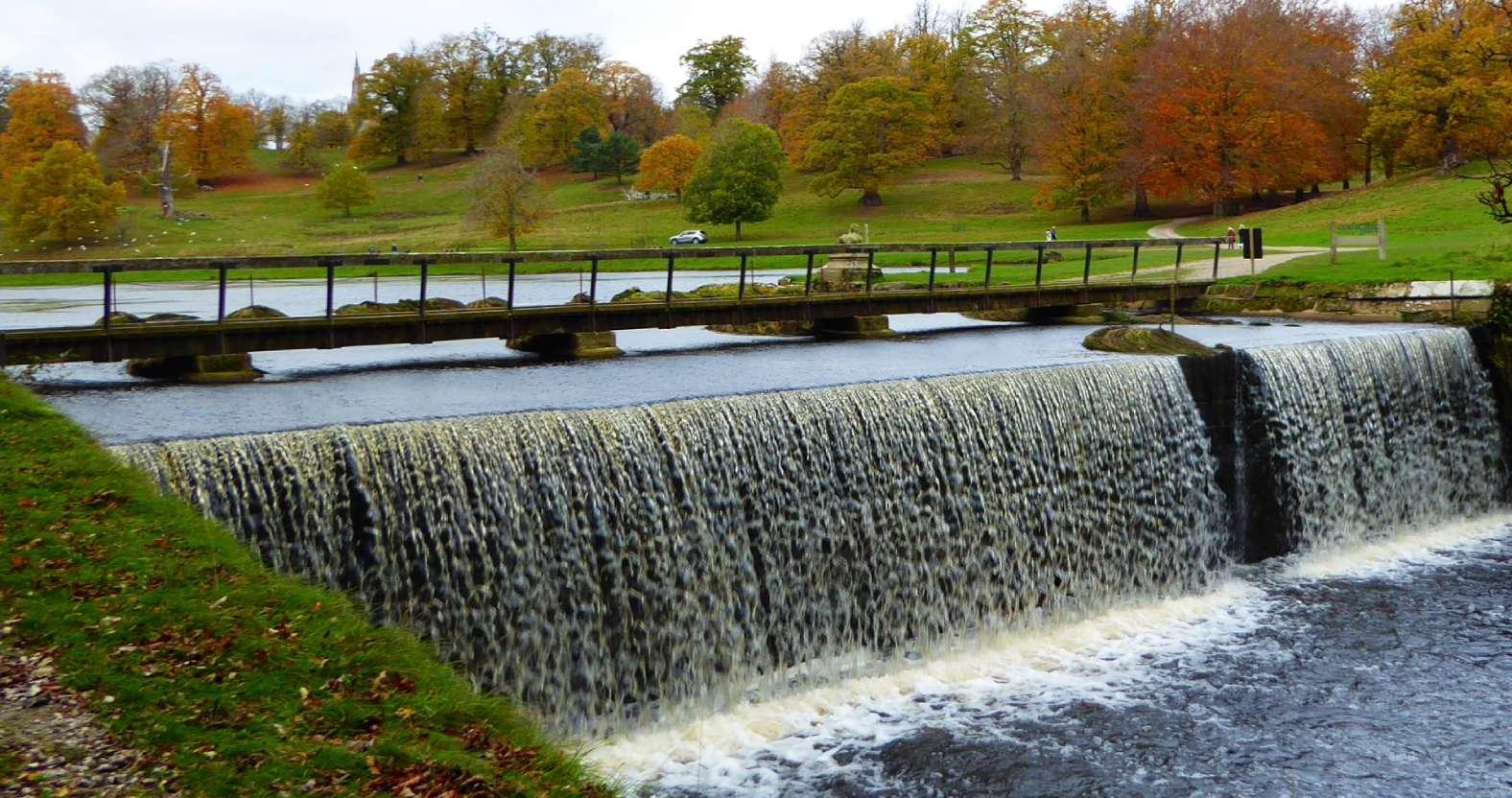
Photo: Heather Middleton.
2. Weir at Studley Royal, near Ripon
Of all the weirs at Studley Royal, this one, at the head of Seven Bridges Valley, has the highest drop.
The gardens were developed by the estate owner, John Aislabie, from the 1720s and completed by his son, William.
Now owned by the National Trust, Fountains Abbey and Studley Royal Water Gardens is a Unesco World Heritage Site, a status also afforded to the Grand Canyon, the Taj Mahal and Jerusalem's old city, among many others.
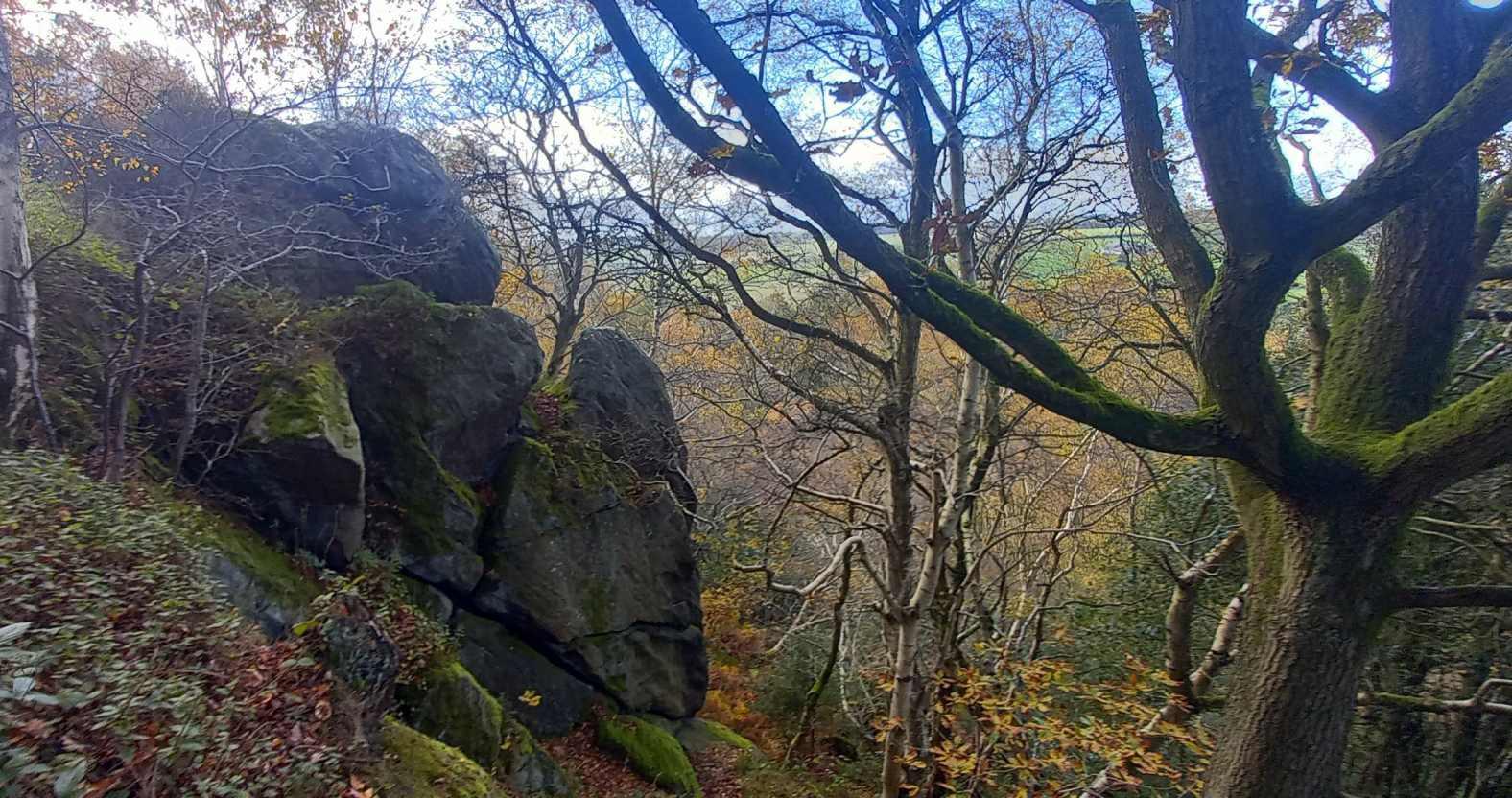
3. Birk Crag, Harrogate
Birk Crag is one of many outcrops of millstone grit scattered across our district. Others include Plumpton Rocks, Brimham Rocks and Almscliffe Crag.
The stone was formed over 300 million years ago, through the deposit of sand and gravel in the delta of a huge river. The rocks have since been eroded by subsequent ice ages and millennia of northern weather.
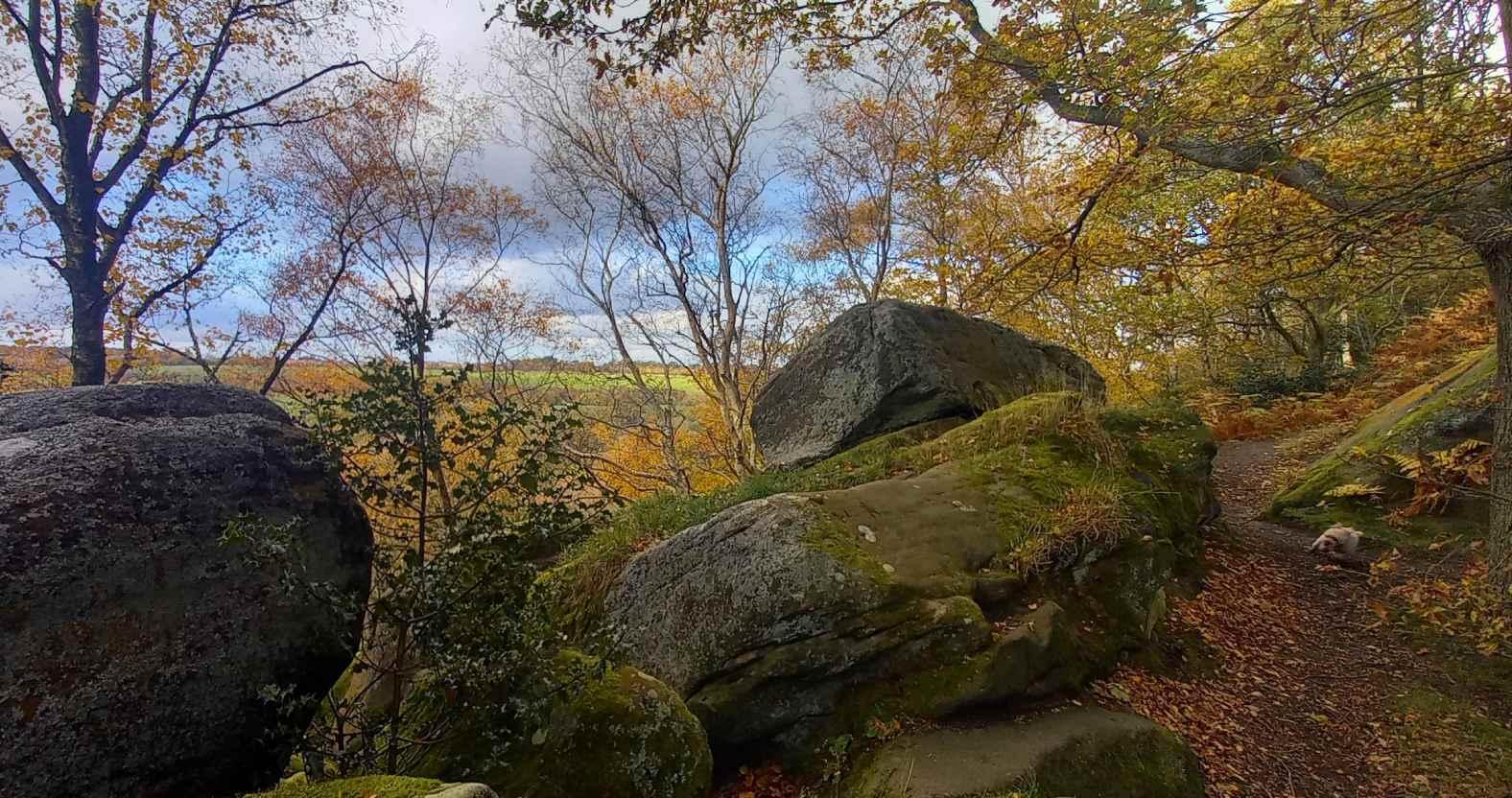
Birk Crag in Harrogate.
'Birk' is the old Anglo-Norse (and modern Danish) word for birch, and the upper slopes of this stretch of Oakdale are still covered in birch trees, just as they have been for thousands of years.
Today, Birk Crag is one of only two places in the UK where the highly threatened chestnut click beetle (Anostirus castaneus) can be found, according to Buglife – The Invertebrate Conservation Trust.
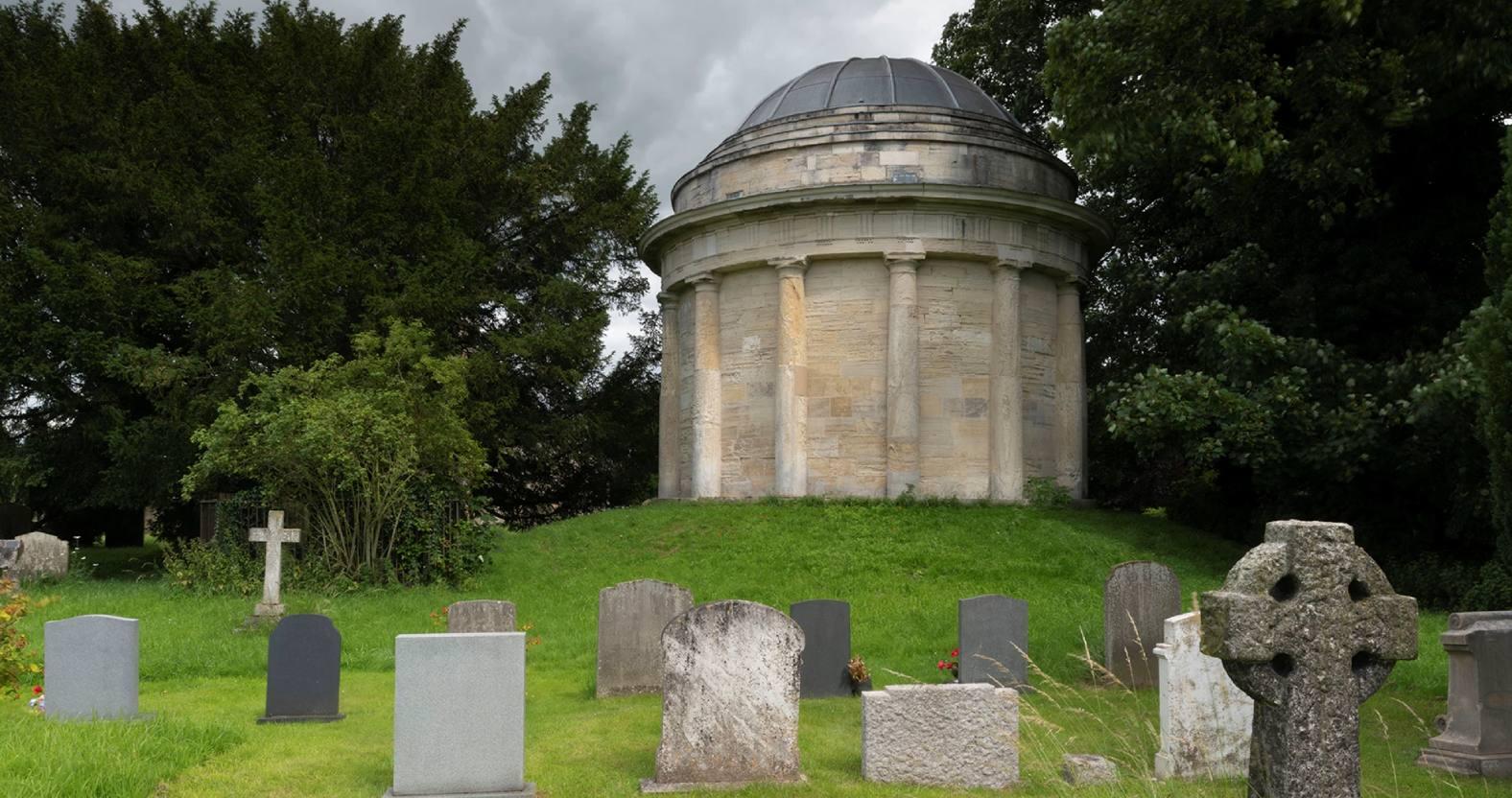
4. Thompson family mausoleum, Little Ouseburn
In some parts of the world, mausoleums are fairly common, but Yorkshire isn't one of them, so this one at Holy Trinity Church in Little Ouseburn is quite a rarity.
It was built in 1743 by Henry Thompson of Kirby Hall, and was used for 24 burials, the last one in 1910.
Incredibly (given its rural location), the mausoleum suffered bomb damage during the Second World War, and had to be repaired in the 1960s.
In 1997 the Friends of Little Ouseburn Mausoleum bought the mausoleum from the Thompson family, and it is now grade II* listed.
Too easy or too difficult? Let us know what you think of our quiz by contacting us at letters@thestrayferret.co.uk.
Please do send us tricky pics of the area that we can include – and we'll credit your contribution. Thank you!
0